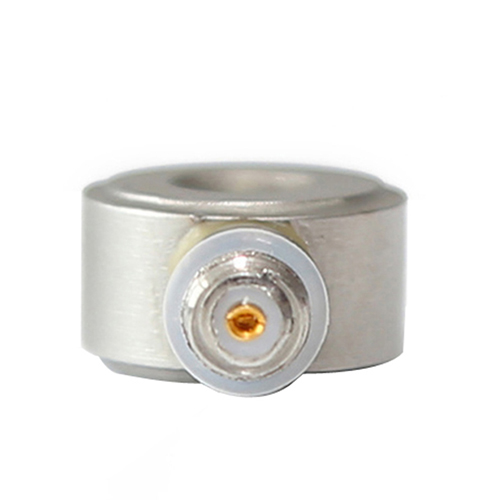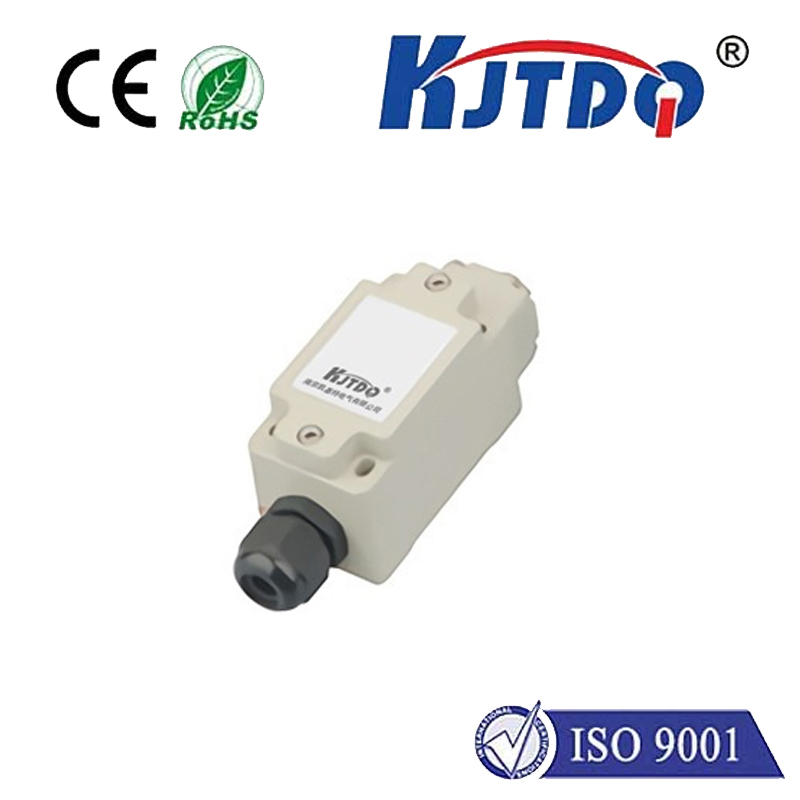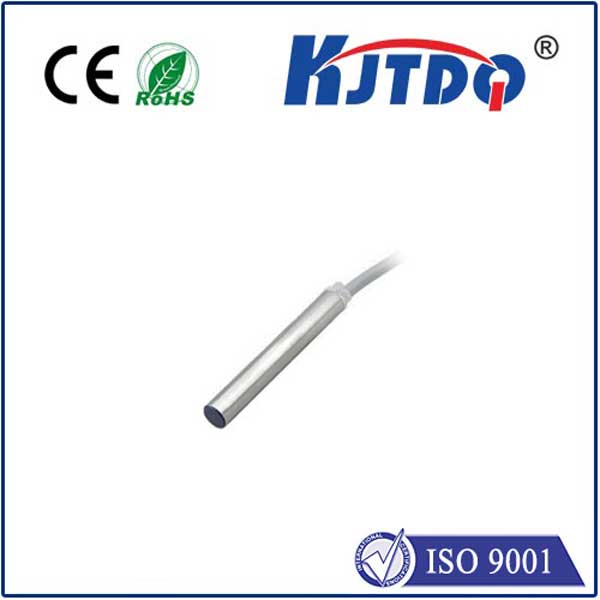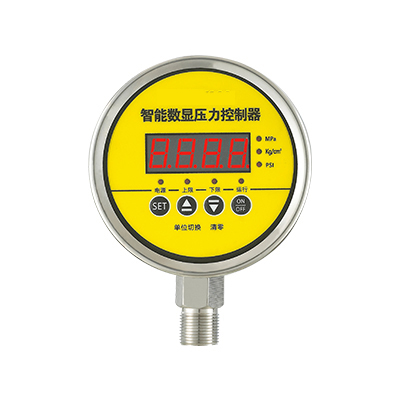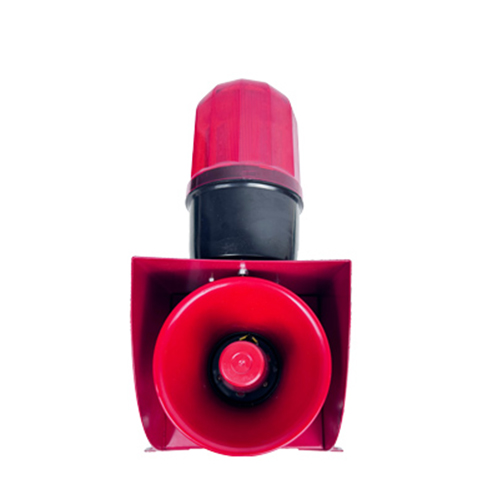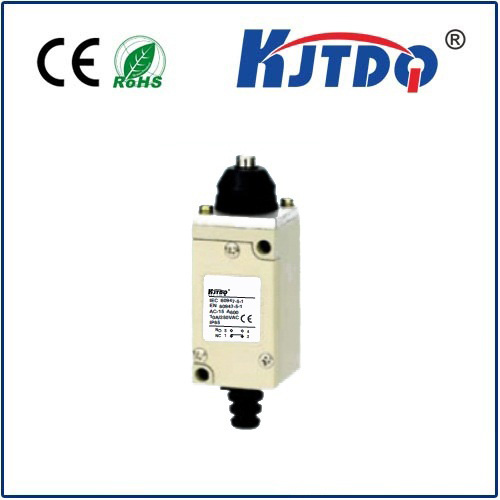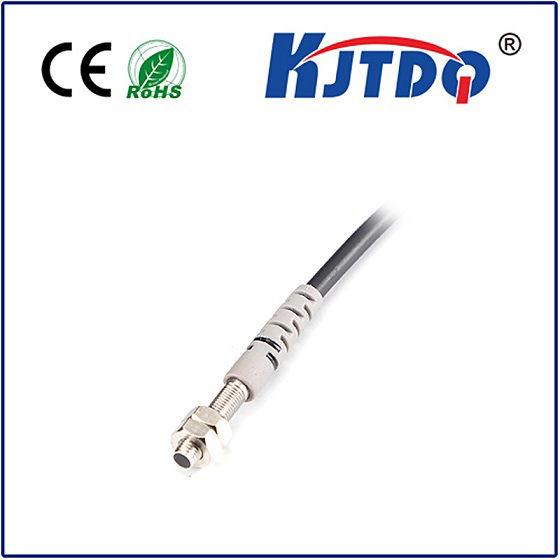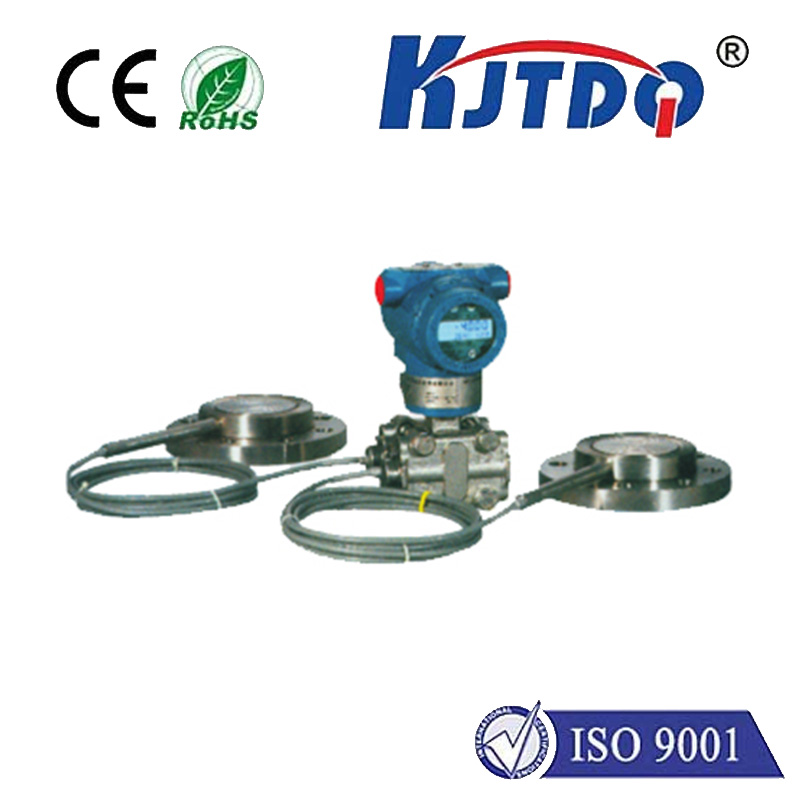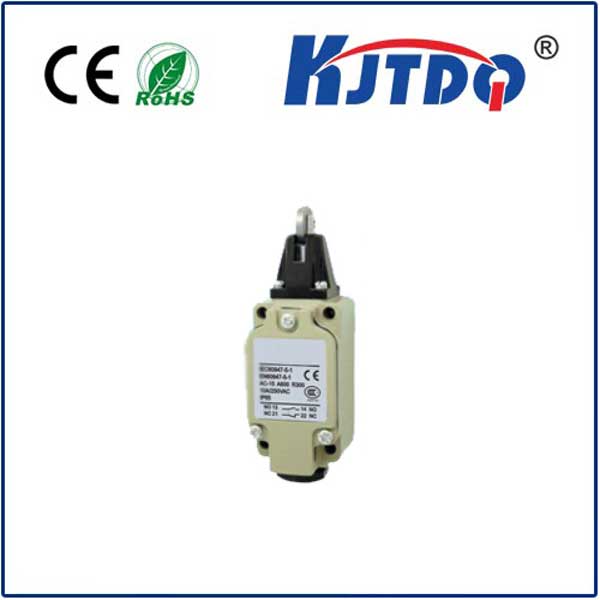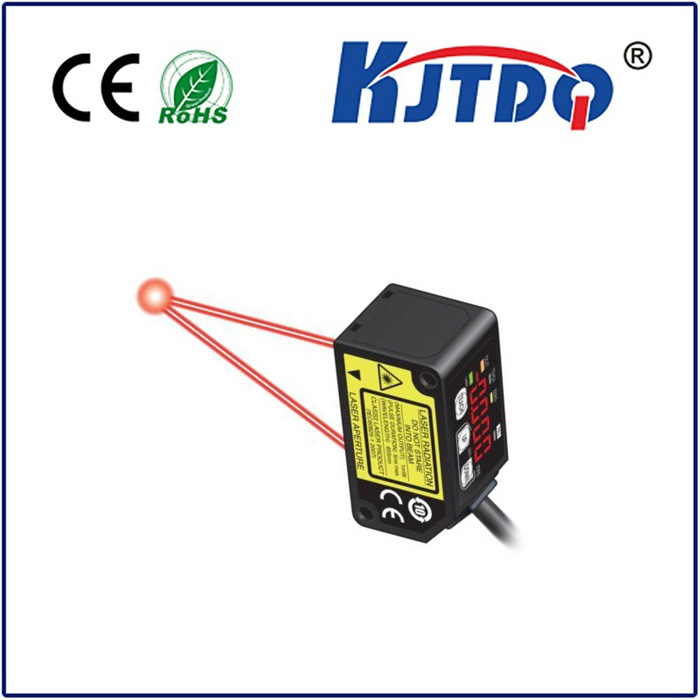BES00RU proximity sensor
- time:2025-10-16 09:35:05
- Click:0
BES00RU Proximity Sensor: Unlocking Precision in Industrial Automation
Ever wonder how factory robots flawlessly sense component positions or packaging lines detect product presence without physical contact? The unseen heroes making this possible are reliable proximity sensors like the BES00RU. This compact device exemplifies the critical role of non-contact detection in driving modern manufacturing efficiency and safety. Understanding its capabilities is key to optimizing countless automated processes where precision and reliability are non-negotiable.
The Core Technology Behind Non-Contact Sensing
Proximity sensors, fundamentally, detect the presence or absence of objects without needing mechanical touch. The BES00RU specifically operates as an inductive proximity sensor. This means it generates an electromagnetic field using an internal coil. When a metallic object enters this field – be it steel, aluminum, iron, brass, or copper – it induces eddy currents within the object. These currents create a measurable disturbance in the sensor’s internal field, triggering its switch (either turning on or off depending on configuration). This operating principle makes the BES00RU exceptionally robust, resistant to physical wear, dirt, moisture, and vibrations that plague mechanical limit switches. It’s a cornerstone technology for demanding environments.
Unpacking the BES00RU: Key Features and Specifications

The BES00RU designation points to a specific series known for its rugged cylindrical design and dependable performance. While precise specs can have variants, core characteristics typically include:
- Sensing Principle: Inductive sensing, ideal for metallic targets.
- Housing & Mounting: Features a durable, threaded cylindrical metal barrel (often M8, M12, M18, or M30 sizes), enabling easy flush or non-flush installation depending on application needs. Its robust design ensures long-term stability and resilience.
- Operating Range: Offers a defined nominal sensing distance (Sn), such as 2mm, 4mm, or 8mm for common models. This is the standard range for reliable detection under specified conditions.
- Output Configuration: Typically employs a solid-state PNP Normally Open (NO) or NPN Normally Closed (NC) transistor output. This provides a fast-switching digital signal ideal for connecting to PLCs (Programmable Logic Controllers), counters, or other control systems.
- Electrical Ratings: Operates reliably on a standard voltage range, often 10-30V DC, consistent with industrial control circuits. It incorporates essential protection against reverse polarity and short-circuit conditions.
- Resilience: Designed for industrial duty, boasting a high IP67 or IP68 rating (Ingress Protection) against dust and water immersion. Exceptional resistance to electromagnetic interference (EMI) is also a hallmark, ensuring stable operation amidst power drives and welding equipment.
- Environmental Suitability: Engineered to function within a broad temperature range, typically -25°C to +70°C (-13°F to +158°F), making it suitable for most factory settings.
Where the BES00RU Proximity Sensor Excels: Core Applications
The inherent robustness and non-contact operation of the BES00RU make it indispensable across diverse industries:
- Machinery & Automation: Critical for position sensing of cylinders, detecting tool presence in CNC machines, verifying workpiece clamping, and monitoring end-of-travel positions on actuators.
- Automotive Manufacturing: Heavily relied upon for detecting piston position, confirming component presence on assembly lines (e.g., engines, transmissions), controlling robotic welding arms, and verifying part insertion in fixtures with pinpoint accuracy.
- Material Handling & Packaging: Used to detect items on conveyor belts (metal cans, trays), count products, verify fill levels in containers (metal lids/caps), and control sorting gates. Its immunity to vibration is vital here.
- Assembly Systems: Ensures parts are correctly positioned before joining operations, verifies the presence of screws or fasteners, and monitors robotic pick-and-place sequences. Consistent signal output prevents assembly errors.
- General Machine Safety: Can act as a simple non-contact safety interlock for guards or access doors where metal components are involved.
Why Choose the BES00RU? Core Advantages
Selecting the BES00RU proximity sensor offers tangible benefits:
- Exceptional Reliability & Longevity: The absence of moving parts translates to minimal wear, ensuring millions of reliable switching cycles and drastically reducing maintenance costs compared to mechanical switches. Its robust housing withstands harsh industrial knocks.
- High-Speed Operation: Capable of extremely fast response times (often in microseconds), it effortlessly keeps pace with rapid production cycles and high-speed machinery without missing a beat.
- Resistance to Contaminants: The sealed design (IP67/IP68) effectively repels dust, oil, coolants, and sprays, guaranteeing dependable operation in dirty environments like machine shops or foundries. No cleaning hassles arise from contact wear debris.
- Simplified Installation: The standard threaded barrel makes mounting straightforward and flexible. Wiring is typically simple using pre-crimped cables or connector versions, reducing commissioning time.
- Cost-Effectiveness: Offers a compelling blend of durability, performance, and relatively low acquisition cost, delivering significant long-term value over many production cycles.
Practical Integration and Usage Considerations
Integrating the BES00RU effectively requires attention to detail. Ensure correct mounting relative to the target material – flush mount for precise sensing or non-flush when surfaces are uneven. Always adhere strictly to manufacturer wiring diagrams for the specific output type (PNP/NPN, NO/NC) to avoid damage to the sensor or controller. Factor in the sensor’s operating voltage range and the target material properties (different metals may slightly affect the sensing distance). Remember that inductive sensors like the BES00RU detect only conductive metallic objects; for non-metallic targets, other technologies like capacitive or photoelectric sensors are necessary. Regular checks for physical damage, buildup of ferrous debris on the sensing face, and verifying switching signals are prudent maintenance steps to ensure continued optimal performance in your critical applications. How will integrating sensors like the BES00RU elevate your operational certainty?






